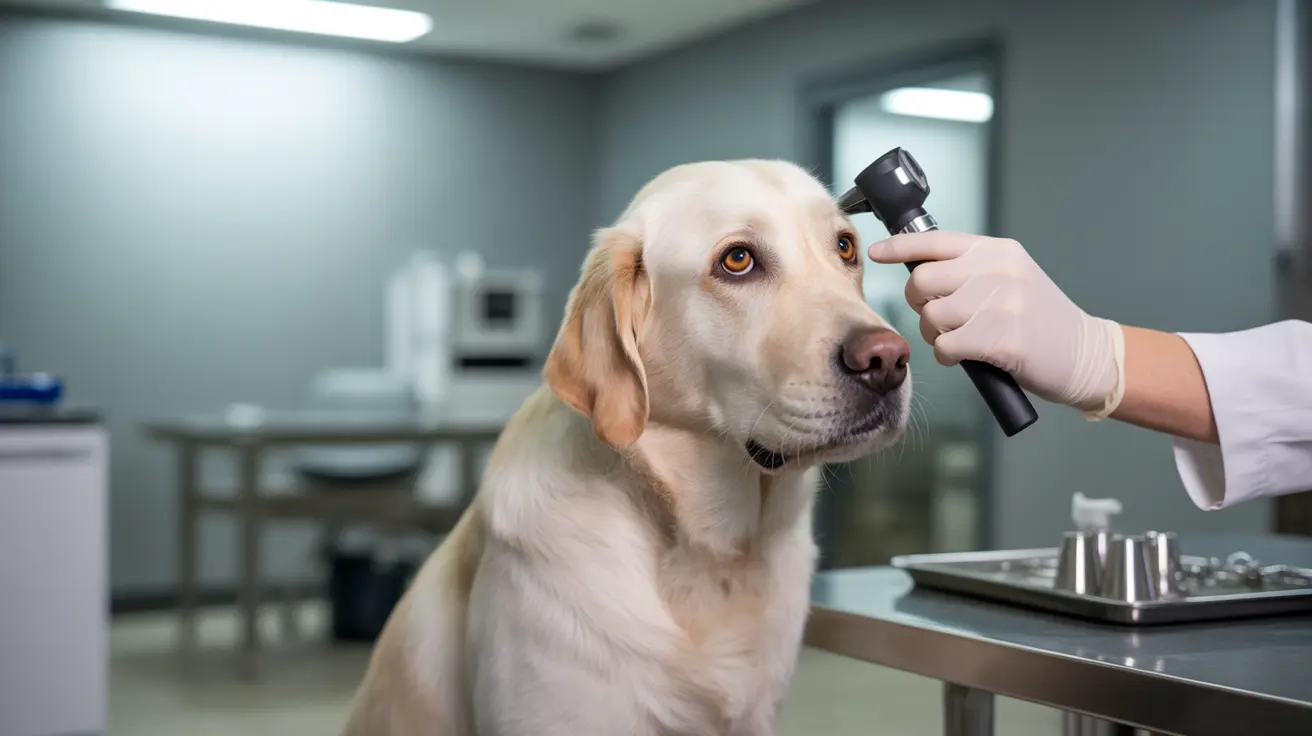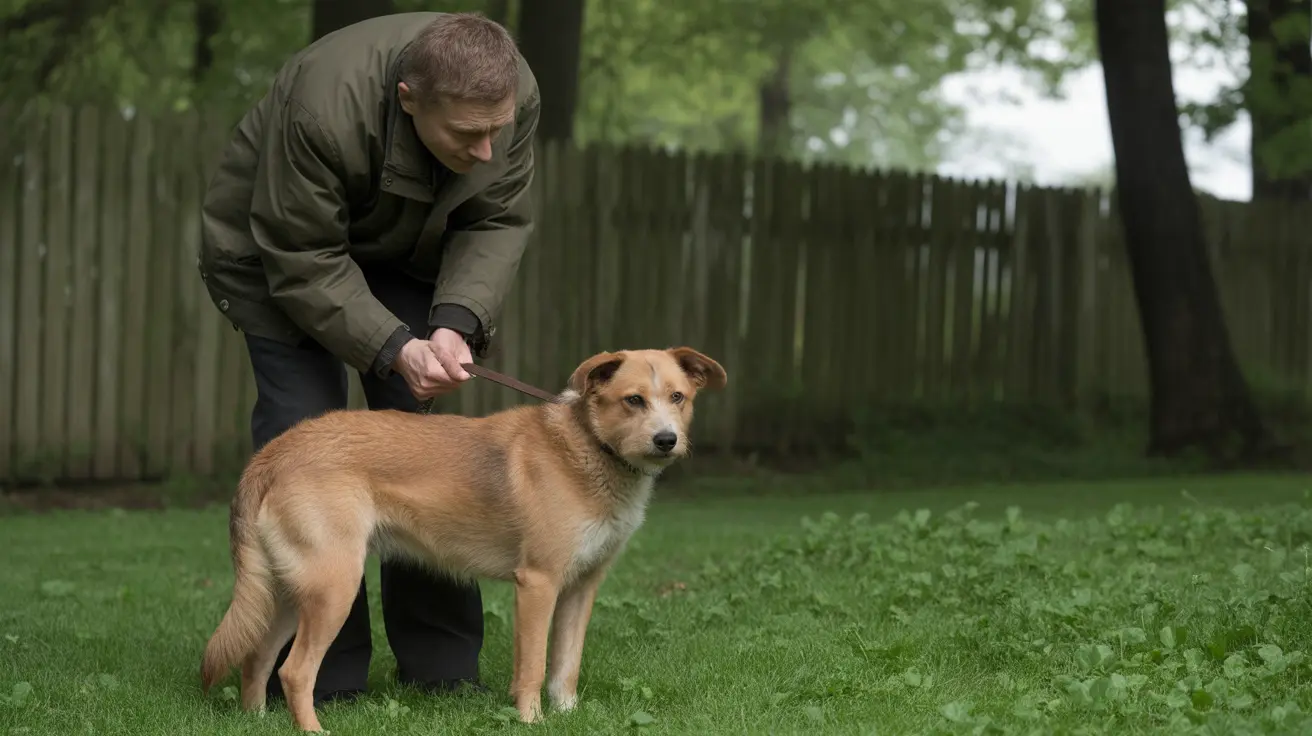Dog Breeds Prone to Skin Tags: What Pet Owners Should Know
Skin tags, or acrochordons, are benign skin growths that commonly occur in dogs. Generally harmless, these growths can vary in size, shape, and texture, and they often emerge in areas prone to friction or irritation such as the neck, armpits, chest, belly, groin, and legs. Understanding which breeds are more susceptible can help dog owners take preventative measures and ensure their pet’s comfort and health.
What Are Skin Tags?
Dog skin tags are soft, flesh-colored growths that may appear on any area of a dog’s body. They are typically:
- Hairless or sparsely haired
- Attached by a thin stalk
- Soft, flexible, or squishy to the touch
- Similar in color to the dog’s skin or slightly darker
These growths are non-cancerous and usually remain small, rarely exceeding a few millimeters. While they are typically not painful or dangerous, they can become irritated, injured, or infected, especially in high-friction areas.
Breeds Prone to Skin Tags
Some breeds have a genetic predisposition to developing skin tags. These include:
- Boxers
- Cocker Spaniels
- Poodles
- Miniature Schnauzers
- Bulldogs
- Beagles
- Hound breeds such as Basset Hounds and Bloodhounds
These breeds might be more prone due to their skin type, body conformation, or genetic factors.
Common Causes of Skin Tags
In addition to breed-specific risks, other factors contribute to the formation of skin tags:
- Aging – more common in older dogs
- Friction and skin irritation – from tight collars, harnesses, or rough surfaces
- Skin folds – especially in breeds with excessive folds or loose skin
- Hormonal imbalances
- Viral infections such as the papilloma virus
How to Identify Skin Tags
It’s essential to distinguish skin tags from other growths:
- Warts are firmer and rounder
- Cysts are larger and more deeply embedded
- Ticks have visible legs
- Moles and tumors may grow rapidly or change color and texture
If a growth shows signs of inflammation, bleeding, changes in size or shape, or causes discomfort, consult a veterinarian. Sudden appearance of multiple tags is also a red flag.
Diagnosis and Treatment
Veterinarians diagnose skin tags through physical exams and may use fine needle aspiration or biopsy if there is doubt. While most tags don’t require treatment, removal is considered when they:
- Are irritated or infected
- Cause the dog discomfort
- Are located in high-friction areas
Common removal methods include:
- Surgical excision
- Cryotherapy (freezing)
- Cauterization (burning)
Procedures are typically quick and done under local or general anesthesia based on the tag's size and position. Never attempt at-home removal as this can lead to pain, infection, or misdiagnosis of a more serious condition.
Prevention and Monitoring
While skin tags can't always be prevented, dog owners can take steps to reduce risk:
- Regular grooming and skin checks
- Maintaining a healthy weight to reduce skin folds
- Ensuring proper fit of collars and harnesses
- Providing soft bedding to reduce pressure points
- Managing allergies or irritants causing chronic skin inflammation
Tracking the size, location, and appearance of skin tags helps monitor changes. Any concerns should be addressed with a veterinarian promptly.
Conclusion
Skin tags are a common occurrence in dogs, especially among certain breeds. While usually harmless, they require careful monitoring to ensure they don't lead to discomfort or indicate more serious conditions. By staying vigilant and maintaining good skin care, dog owners can ensure their pet remains healthy, happy, and comfortable.





